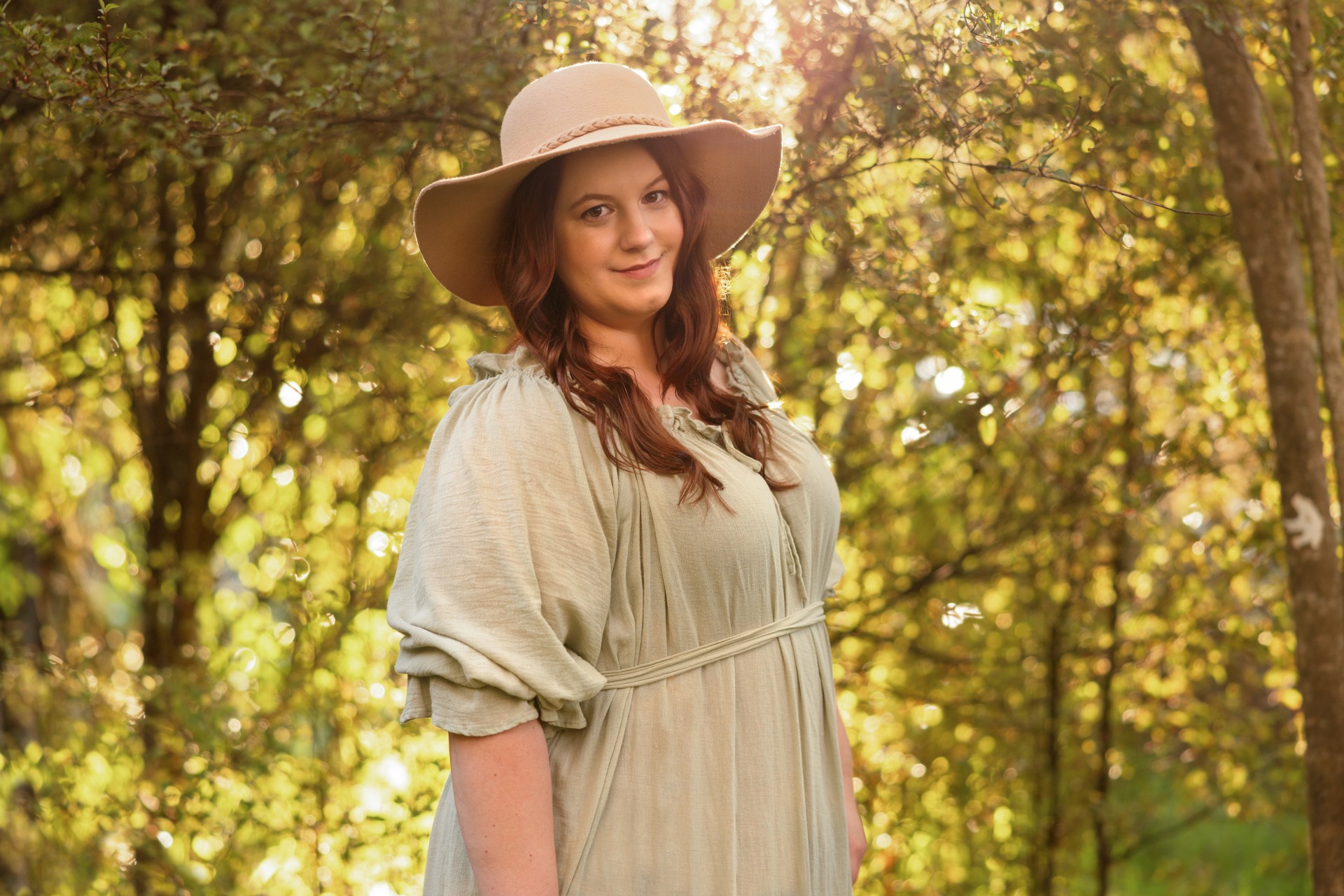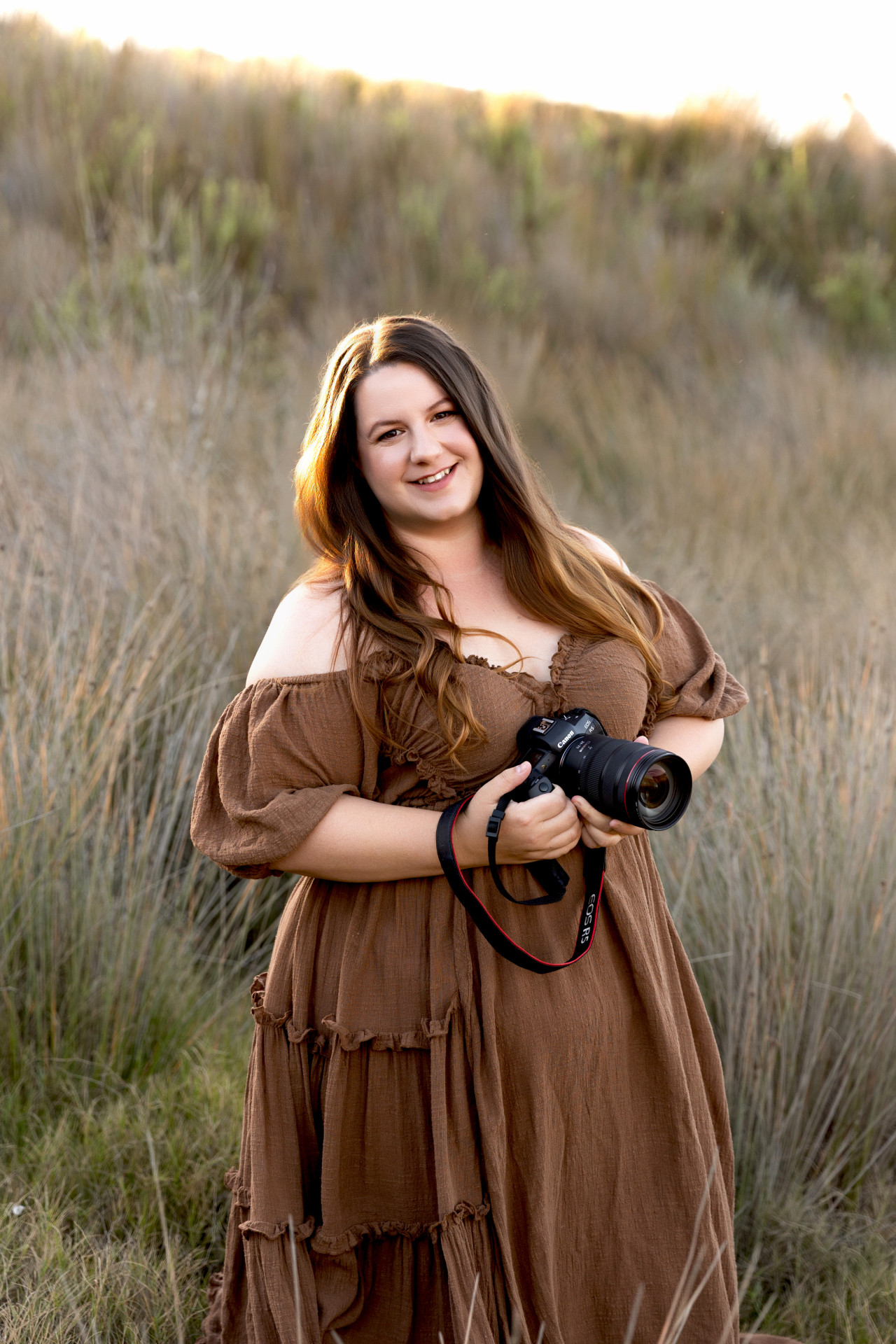How To Dress Your Baby For Winter in Auckland - NZ
How To Dress Your Baby For Winter in Auckland - NZ
While being pregnant in winter sounds amazing, it can come along with some challenges. Winter in Auckland, is generally pretty warm but can get quite wet and windy, so if you are feeling stressed about how to dress your little one to keep them cosy and warm this winter, you are not alone, and I've got your back! I have gathered some information, tricks and tips to help you go through the winter months with your little newborn.
Layers are key!
Using layers with dressing newborns in winter is a good idea because it helps to regulate their body temperature and keep them comfortable. Babies are not as good as adults at regulating their body temperature, and they lose heat faster than adults, which makes them more vulnerable to the cold. Layering allows you to add or remove clothing as the temperature changes throughout the day. For example, you can add a jacket or sweater when you're outside in the cold, and remove it when you're inside in a warm room. This makes it easier to keep your baby at a comfortable temperature, which is important for their overall well-being.
Another advantage of layering is that it allows you to use natural fibres like cotton, wool, or fleece, which are breathable and can keep your baby warm without overheating. Layering with natural fibres helps to regulate moisture, preventing dampness and sweating, which can lead to discomfort, skin irritation, or even rashes. Lastly, layering also provides an extra layer of protection from the wind and cold. The outermost layer can act as a windbreaker, preventing cold air from getting through to your baby's skin. This extra layer of protection can help to keep your baby warm and prevent them from getting sick.
How to use layers
-
Base layer: Begin with a cotton onesie or bodysuit as a base layer. This layer should be snug, but not too tight, and made of a breathable material to prevent overheating.
-
Mid-layer: Add a long-sleeved top and pants made of natural fibres such as cotton or wool. This layer should be slightly looser than the base layer to allow for easy movement.
-
Outer layer: Finish with a warm jacket or coat made of a wind-resistant material such as fleece or wool. This layer should be slightly larger than the mid-layer to allow for easy movement and to accommodate any additional layers you may need to add.
-
Hat and booties: Don't forget to cover your newborn's head and feet with a warm hat and booties or socks. These items will help to keep your baby's extremities warm and prevent heat loss.
-
Blankets: Use a warm and cozy blanket to swaddle your baby when you're out and about. You can also use a blanket to cover them while they're sleeping.
-
Monitor your baby's temperature: Pay attention to your baby's temperature and adjust their layers as needed. If your baby's skin feels cold or clammy, add another layer of clothing or a warm blanket.
What is the best room temperature for a newborn baby?
The best room temperature for a newborn baby is between 20-22.2 degrees Celsius. This temperature range is recommended by the American Academy of Pediatrics (AAP) and is considered safe and comfortable for most newborns. Newborns are more vulnerable to temperature changes than adults because they have smaller body sizes and cannot regulate their body temperature as well. They are also more sensitive to overheating or chilling, which can cause discomfort or even health problems.
It is important to monitor the temperature of the room where your newborn sleep, especially during the winter months when indoor heating may be necessary. Avoid using space heaters or electric blankets, which can be dangerous if not used correctly. In addition to room temperature, it is also important to consider other factors that can affect your baby's comfort, such as clothing and bedding. Dress your baby in light layers of clothing, and avoid thick or heavy blankets or comforters that can increase the risk of suffocation or overheating. To help maintain a safe and comfortable temperature in your baby's room, use a reliable thermometer to measure the temperature, and adjust the temperature as needed. Keep the room well-ventilated to promote air circulation, and consider using a humidifier to maintain a healthy level of humidity.
Remember to regularly monitor your baby's body temperature and behaviour, as these are the best indicators of whether they are comfortable or not. If your baby appears to be sweating or has a fever, they may be too warm, and if they appear to be shivering or their skin feels cold, they may be too cold. Making necessary adjustments can help you ensure your baby's comfort and well-being.
Hey Mama! I’d love to chat with you about your maternity and newborn photography needs! Click this link to view my work and let’s start the conversation!
Looking for more Motherhood content? Check out my blog for more topic-related content
- 6 Best Pregnancy Yoga classes in Auckland to visit while pregnant
- Pack your hospital bag - Checklist for the best birthing experience
- Top 4 places to get a pregnancy massage in Auckland - By Mums
- Choose Auckland Obstetric centre for your Maternity care and birthing!
Auckland Maternity, Newborn and Family photographer

Welcome at my Blog, where you can find interesting topics related to Baby and Mum life, great tips and advices from the baby industry and more!
